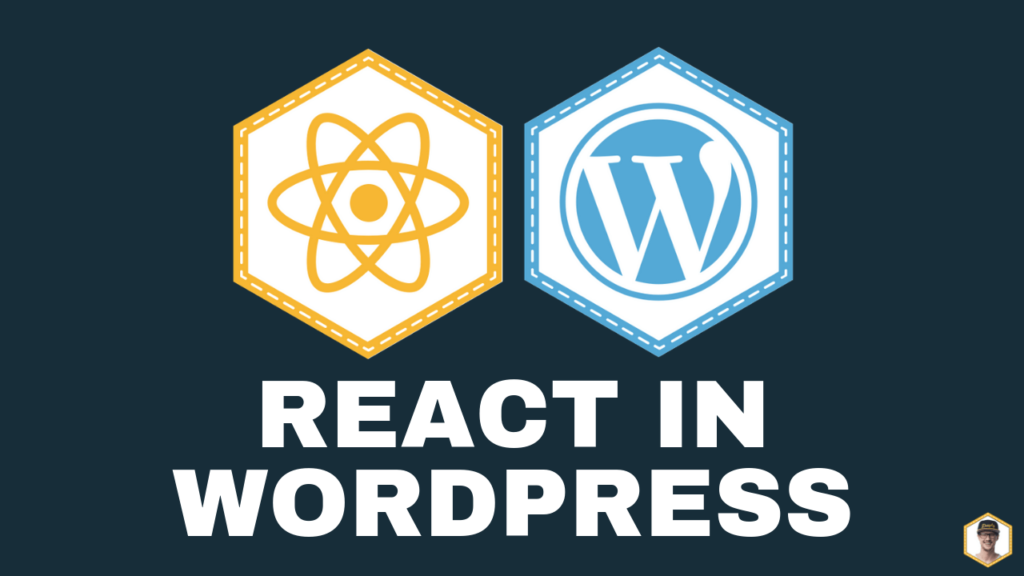Discover how to seamlessly connect React as your frontend and WordPress as your backend CMS for a dynamic and powerful website. Follow this step-by-step guide with practical code examples.

Greetings, fellow developers! Today, we embark on a journey to create a dynamic website by combining the robust frontend capabilities of React with the versatile content management system, WordPress. Let’s dive into the steps to set up this powerful duo.
Step 1: Install WordPress:
Start by setting up your WordPress backend. Install WordPress on your server and configure it to meet your website’s needs.
Step 2: Create REST API in WordPress:
Enable the REST API in WordPress to facilitate communication between your React frontend and WordPress backend. Navigate to Settings -> Permalinks and ensure your common settings are set to “Post name” for clean URL structures.
Step 3: Set Up React App:
Create a new React app using create-react-app or your preferred method. Install the required dependencies like Axios for API calls.
Step 4: Fetch Data from WordPress API:
Utilize Axios or Fetch API to retrieve data from your WordPress backend. For example, fetching posts can be done with:
Step 5: Display WordPress Content in React:
Integrate the fetched data into your React components. Render WordPress content dynamically by mapping through the received data.
Step 6: Enable Routing (Optional):
Implement React Router for seamless navigation. Create routes to showcase different WordPress content.
Step 7: Styling and Customization:
Enhance the visual appeal of your React app by applying styles. Customize the components to match your website’s design.

Congratulations! You’ve successfully integrated React as the frontend with WordPress as the backend CMS. Your website now boasts the flexibility of React’s user interface and the content management capabilities of WordPress.
Feel free to explore additional features like user authentication, form handling, and more to elevate your website further. Happy coding!
